100 Mile House Food Bank
5693 Horse Lake Rd. 100 Mile House, BC V0K 2E1
T: 250-397-2571 F: 250-397-2579
Email: bobhicks@bcinternet.net
Abbotsford Food Bank
2420 Montrose St. Abbotsford, BC V2S 3S9 T: 604-859-5749 F: 604-859-2717 Dave Murray Email: afb@telus.net or christmasbureau@telus.net
Website: www.abbotsfordcommunityservices.com
Agassiz-Harrison Food Bank
P.O. Box 564 #5 – 7086 Cheam Ave Agassiz, BC V0M 1A0 T: 604-796-2585 F: 604-796-2517 Laurie Sallis Email: ahcs@shawlink.ca or greimer@shawlink.ca Website: www.agassiz-harrison.org
Okanagan Boys & Girls Club
P.O. Box 332 3459 PLEASANT VALLEY RD Armstrong, BC V0E 1B0 T: 250-546-3465 F: 250-546-3468 Andrea Schnell Email: cfedick@boysandgirlsclubs.ca Website: www.boysandgirlsclubs.ca
Ashcroft & Area Food Bank
PO Box 603 601 Bancroft St Ashcroft, BC V0K 1A0 T: (250) 453-9656 F: (250) 453-2034 Denise Fiddick Email: scelizfry@telus.net
Barriere & District Food Bank Society
P.O. Box 465 Barriere, BC V0E 1E0 T: (250) 672-0029 Kim Keating
Bella Coola Valley Food Bank
P.O. Box 22 Bella Coola, BC V0T 1C0 T: 250-799-5588 F: 250-799-5791 Clare Harris Email: charris@belco.bc.ca
Campbell River & District Food Bank
1393 Marwalk Crescent Campbell River, BC V9W 5V9 250-286-3226 250-286-3296 Ann & George Minosky email: ann_minosky@telus.net OR ann_minosky@telus.net
Arrow & Slocan Lakes Community Services
Arrow & Slocan Lakes Community Services PO Box 100 Nakusp, BC V0G 1R0 T: (250) 265-3674 F: (250) 265-3378
Anne Miskulin
Email: amiskulin@aslcs.com
Arrow & Slocan Lakes Community Services
PO Box 100
Nakusp, BC V0G 1R0
T: (250) 265-3674 F: (250) 265-3378
Anne Miskulin
Email: amiskulin@aslcs.com
Boundary Community Food Bank Society
Mailing Address:
7149 2nd Street Grand Forks, BC V0H 1H0
Clients: 215 Central Ave., Grand Forks
7419 – 2nd St, Grand Forks T: 250-442-2800 F: 250-442-2800
Larry Dickerson
Email: boundaryfoodbank@gmail.com or auroraws@yahoo.ca
Bulkley Valley Food Bank Smithers/Houston
P.O. Box 4293 1065 MAIN ST Smithers, BC V0J 1Z0 T: 250-847-1501 F: 250-845-7048 Rick Apperson Email: rick_apperson@can.salvationarmy.org
Cawston/Keremeos Food Bank
c/o Cawston/Keremeos SDA Church 2334 Newton Road Cawston, BC V0X 1C1 Ingrid Percival Phone: 250-499-0297 Email: kere@telus.net
Chase Hamper Society
P.O. Box 137 Chase, BC V0E 1M0 T: (250) 679-2399 Email: cjwyld@cablelan.net Chuck Wyld
Chilliwack Community Food Bank – Salvation Army
45746 Yale Rd W Chilliwack, BC V2P 2N4 T: (604) 792-0001 F: (604) 792-5367 Don Armstrong Email: careandshareda@shaw.ca Website: www.salvationarmychilliwack.ca
Chemainus Harvest House
P.O. Box 188 9814 Willow St. (BSMT) Chemainus, BC V0R 1K0 T: 250-246-4816
Sylvia Massey Email: sylviamassey@shaw.ca
Clearwater and District Food Bank
741 Clearwater Village Road Clearwater, BC V0E 1N1 T: 250-674-3402 F: 250-674-3402 Patrick Stanley Email: pandhlc@telus.net
CMS Food Bank Society
2740 Lashburn Road Mill Bay, BC V0R 2P1 T: 250-743-5242 F: 250-743-5268 Email: cmsfbank@telus.net
Community Connections Food Bank
PO Box 2880 Revelstoke, BC V0E 2S0 T: 250-837-2920 F: 250-837-2909 Patti Larson Email: plarson@community-connections.ca
Website: www.community-connections.ca
Columbia Valley Food Bank
201 – 7 Ave PO Box 2141 Invermere, BC V0A 1K0 T: 250-342-0850
Doug Leibel
Comox Valley Food Bank
PO Box 3028 1755B 13th Street Courtenay, BC V9N 5N3 T: (250) 338-0615 Jeff Hampton Email: comoxvfb@shaw.ca
Cranbrook Food Bank Society
104-8th Ave South Cranbrook, BC V1C 2K5 T: 250-426-7664 F: 250-426-7610 Jackie Jensen Email: jackiejensen44@shaw.ca
Creston Valley Food Bank
807 Canyon St Creston, BC V0B 1G3 T: (250) 428-4166 F: 1-866-460-881
Doreen Lowe Email: cvgleaners@telus.net
Food Bank on the Edge
160 Sea Plane Base Rd PO Box 1146 Ucluelet, BC V0R 3A0
T: (250) 726-6909 F: (250) 726-7543
U: Lorene (Lorry) Foster Email: fost@telus.net
Fernie – Salvation Army Family Services
PO Box 2259 741 – 2ND AVE Fernie, BC V0B 1M0
T: (250) 423-4661 F: (250) 423-4668
U: Email: kyla_mckenzie@can.salvationarmy.org Kyla McKenzie
Friends in Need Food Bank
#8-22726 Dewdney Trunk Road Maple Ridge, BC V2X 8K9 T: 604-466-3663 F: 604-463-1736 Joanne Olson Email: director@friendsneedfood.com
Website: www.friendsneedfood.com
Fort St.John – Salvation Army Family Services
10116 100 Ave Fort St. John, BC V1J 1Y6 T: (250) 785-0500 F: (250) 785-0517 Isobel Lippers Email: isobel_lippers@can.salvationarmy.org
Golden Food Bank
PO Box 1047 #102 1115 9TH STREET S Golden, BC V0A 1H0 T: 250-344-5608
F: 250-344-2113 Barb Davies Email: goldenfoodbank@uniserve.ca
People for a Healthy Community Food Bank
PO Box 325, 675 North Road Gabriola Island, BC V0R 1X0 T: (250) 247-7311
F: 250-247-7311 Kathryn Molloy Email: info@phc-gabriola.org OR food@phc-gabriola.org Website: www.phc-gabriola.org
Greater Vancouver Food Bank Society
1150 Raymur Ave. Vancouver, BC V6A 3T2 T: 604-876-3601 F: 604-876-7323 Garth Pinton Website: www.foodbank.bc.ca
Goldstream Food Bank
Canwest P.O. Box 28122 Victoria, BC V9B 6K8 T: 250-474-4443
F: 250-474-4443 Sandy Prette Email: sprette@shaw.ca
Harvest of Hope Food Bank
PO Box 1625 Gibsons, BC V0N 1V0 T: (604) 886-3665 F: (604) 886-3683 Maureen O’Hearn Email: tsafoodbank@dccnet.com Website: www.tsaonthecoast.ca
Harvest Food Bank
P.O. Box 849 7120 MARKET ST Port Hardy, BC V0N 2P0 T: 250-902-0332
F: 250-902-0613 Cheryl Elliott Email: harvest9@telus.net
Hope Food Bank
434 Wallace St PO Box 74 Hope, BC V0X 1L0 T: 604-869-2466 Ex: 403
F: 604-869-3317 Kim Paolini Email: kpaolini@hopecommunityservices.com Website: kpaolini@hopecommunityservices.com
Hazelton – Salvation Army Community Food Bank
PO Box 100 Hazelton, BC V0J 1Y0 T: (250) 842-6289 F: 250-842-6553
Tom Harris Email: sallyann@bulkley.net or sallysplace@bulkley.net
Hornby Island Food Bank
Gunpowder 3-1 Hornby Island, BC V0R 1Z0 T: (250) 335-1629
Susan Crowe Email: crosusan@yahoo.ca
Kamloops Food Bank & Outreach Society
P.O. Box 1513 171 Wilson St., Station Main Kamloops, BC V2C 6L8
T: 250-376-2252 F: 250-376-0052 Bernadette Siracky
U: Email: bsiracky@kamloopsfoodbank.org
Website: www.kamloopsfoodbank.org
Kelowna Community Food Bank Society
1265 Ellis Street Kelowna, BC V1Y 1Z7 T: 250-763-7161 F: 250-763-9116 Vonnie Lavers Email: vonnie@kcfb.ca
Website: www.kelownafoodbank.com
Kimberley Helping Hands Food Bank
340 Leadenhall Street Kimberley, BC V1A 2X6 T: 250-427-5522 F: 250-427-2297 Heather Smith Email: valb2@telus.net randyandheather@shaw.ca
Kitimat Food Bank Society
14 Morgan St Kitimat, BC V8C 1J3 T: 250-632-6611 Marjorie Phelps Email: marjon@citywest.ca
Ladysmith Food Bank
P.O. BOX 1653 721 First Avenue Ladysmith, BC V9G 1B2 T: 250-245-3079 F: 250-245-3798 Neill-Ireland Email: info@lrca.bc.ca
Website: www.lrca.bc.ca
Lake Country Food Assistance Society
P.O. BOX 41013 RPOS 3130 Berry Rd. Lake Country, BC V4V 1Z7 T: (250) 766-0125 F: 250-766-3038 Phyllis MacPherson Email: pmacpher@shaw.ca
Lake Cowichan Food Bank
Box 1087 Lake Cowichan, BC V0R 2G0 T: (250) 749-6239 F: 250-749-6239 Cindy Vaast Email: cowichanlakefoodbank@gmail.com
Langley Food Bank
5768-203 St. Langley, BC V3A 1W3 T: 604-533-0671 F: 604-533-0891 George Vandergugten Email: info@langleyfoodbank.com
Website: www.langleyfoodbank.com
Lillooet Food Bank
357 Main Street PO Box 2170 Lillooet, BC V0K 1V0 T: 250-256-4146 F: 250-256-7928 Violet Wager
Website: www.bcaafc.com/centres/lillooet/
Email: foodbank@lillooetfriendshipcentre.org
Loaves & Fishes Community Food Bank
1009 Farquhar St. Nanaimo, BC V9R 2G2 T: 250-754-8347 F: 250-754-8349 Peter Sinclair Email: info@nanaimoloavesandfishes.org
Logan Lake Food Bank
PO Box 196 Logan Lake, BC V0K 1W0 T: 250-523-9057 Monica Oram
Email: monicaoram@yahoo.com
Lumby Food Bank
PO Box 791 Lumby, BC V0E 2G0 T: (250) 547-2225 Bruce Mackie
Email: jandnmackie@shaw.ca
Lytton Community Food Bank
PO Box 87 Lytton, BC V0K 1Z0 T: (250) 455-2316 F: (250) 455-6669 Michele Swan Email: mswan2@telus.net
Mustard Seed Food Bank
625 Queens Ave. Victoria, BC V8T 1L9 T: 250-953-1580 F: 250-385-0430 Brent Palmer Email: brentpalmer@mustardseed.ca
Website: www.mustardseed.ca
Neighbour Link Food Bank
P.O. Box 2353 Vanderhoof, BC VOJ 3A0 T: 250-567-9007 F: 250-567-9017 Colleen Flanagan Email: neigh09@telus.net
Nelson – Salvation Army Family Services
601 Vernon St Nelson, BC V1L 5R2 T: (250) 352-3488 F: (250) 352-7373
Yvonne Borrows Email: yvonne_borrows@can.salvationarmy.org
Nicola Valley and District Food Bank
2026 Quilchena Ave PO Box 2719 Merritt, BC V1K 1B8 T: 250-378-2282 F: 250-378-2982 Karen Flick Email: foodbank@mail.ocis.net
Oliver Food Bank
P.O. Box 405 Oliver, BC V0H 1T0 T: (250) 498-4555 Jim Ouellette
Email: jimo@persona.ca
Osoyoos Food Bank
6210-97th Street
Osoyoos, BC V0H 1V4 T: (250) 495-6581 F: (250) 495-8011
Lu Ahrendt
Email: rlahrendt@live.ca
White Rock & South Surrey Food Bank
5-15515 24 Ave Surrey, BC V4A 2J4 T: 604-531-8168 ext. 229 F: 604-541-8188 Sue Sanderson or Jaye Murray
Email: ssanderson@sourcesbc.ca or jmurray@sourcesbc.ca
Website: www.pacsbc.com/progr…
Peachland Food Bank
6490 Keyes Ave Peachland, BC V0H 1X0 T: (250) 767-3312 F: 250-767-3488 Judy Bedford
Pemberton SSCS Food Bank
1357 Aster Street Box 656 Pemberton, BC V0N 2L0 Louise Stacey-Deegan Phone: 604-894-6101 Fax: 604-894-6333 Email: louise.stacey-deegan@sscs.ca
Website: www.sscs.ca
Penticton – Salvation Army Community Food Bank
2399 South Main St Penticton, BC V2A 5J1 T: (250) 492-4788 F: (250) 492-6494 Dorian Polaway
Email: Pentictoncmw@shaw.ca or pentictonprogramcoordinator@shaw.ca
Powell River Action Centre Food Bank
6812d Alberni St Powell River, BC V8A 2B4 T: (604) 485-9166 Gina Kendrick
Port Alberni Community Food Bank
4841 Redford St Port Alberni, BC V9Y 3P3 T: (250) 723-6913 F: (250) 723-6938 Marilyn Burrows Email: marilyn_burrows@can.salvationarmy.org
Prince Rupert – Salvation Army Family Services
25 Grenville Crt. Prince Rupert, BC V8J 1R3 T: 250-624-6180 F: 250-624-8157 Erica Collison email: erica_collison@can.salvationarmy.org
Prince George – Salvation Army Family Services
777 Ospika Blvd S Prince George, BC V2M 3R5 T: 250-564-4000 EXT: 223 F: 250-564-4021 Crystal Wilkinson Email: crystal_wilkinson@can.salvationarmy.org Website: www.tsainpg.com
Quesnel Food Bank
374 McLean St Quesnel, BC V2J 2N9 T: 250-992-8784 – 250-992-7079
F: (250) 991-5189 Jim Vanderheyden email: jimmyanddebbie@hotmail.com
Quadra Island Food Bank
PO Box 243 Heriot Bay V0P 1H0 T: 250-285-3888 Teresa Tate Email: teresa_tate@yahoo.com
Salmo Food Bank
PO Box 39 311 Railway Avenue Salmo, BC V0G 1Z0 T: (250) 357-2277 F: (250) 357-2385 Charlene Bonderoff Email: charlene@scrs.ca Website: www.scrs.ca
Richmond Food Bank Society
100-5800 Cedarbridge Way Richmond, BC V6X 2A7 T: 604-271-5609
Margaret Hewlett Email: margaret@richmondfoodbank.org or
info@richmondfoodbank.org Website: www.richmondfoodbank.org
Cherryville Community Food Bank Society
412 Sugar Lake Road
Cherryville, BC V0E 2G2
P: 250-547-6646 F: 250-547-8944
Sharon Harvey
msharon@hotmail.com
Salt Spring Island Community Services Food Bank
268 Fulford Ganges Road Salt Spring Island, BC V8K 2K6 T: 250-537-9971 (237) F: 250-537-9974 Gloria McEachern Email: gmceachern@ssics.ca OR jvanpelt@ssics.ca OR safoodbank@shaw.ca
Website: www.saltspringcommunityservices.ca
Salmon Arm – Salvation Army Food Bank
191 2nd Avenue NE Salmon Arm, BC V1E 4N6 T: 250-832-9194 F: 250-832-9148 David Byers Email: foodbank@sunwave.net
Share Family & Community Services
2615 Clark Street Port Moody, BC V3H 1Z4 T: 604-931-2451 F: 604-931-2421 Roxann MacDonald Email: r.macdonald@sharesociety.ca
Website: www.sharesociety.ca
Salvation Army Mt. Arrowsmith Community Ministries
886 Wembley Rd Parksville, BC V9P 2H6 T: 250-248-8794 F: 250-248-8601 Rolf Guenther Email: pvsallyann@shawbiz.ca
Slocan Valley Food Cupboard
915 HAROLD STREET BOX 10 SLOCAN V0G 2C0 T: 250-355-2484 Deb Corbett Email: officemanager@wegcss.org
Sidney Lions Food Bank
95865 5th Street Sidney, BC V8L 3S8 T: (250) 655-0679 F: (250) 655-1130 Bev Elder Email: fdbank@telus.net
Sorrento Food Bank
Box 568 Sorrento, BC V0E 2W0 Phone: 250-253-3663 or 250-675-3835 Contact: Jim Chisholm Email: sorfood@shaw.ca
Sooke Food Bank Society
2037 Shields Rd Sooke, BC V0S 1N0 T: (250) 642-7666 F: 250-642-5670
Ingrid Johnston
email: ingridjohnston@shaw.ca
Sparwood Food Bank
P.O. Box 682 125D Centennial Sq.
Sparwood, BC V0B 2G0 T: 250-425-6435 Carol Walmsley
email: jcwalm@shaw.ca
South Delta Food Bank
5545 Ladner Trunk Rd Delta, BC V4K 1X1 T: (604) 946-1967
F: (604) 946-4944 Joe Van Essen Email: info@ladnerlife.com
St. Joseph’s Food Bank
32550 7th Ave Mission, BC V2V 2B9 T: (604) 615-3223 F: (604) 755-4705
Email: sjfoodbank@gmail.com John Poston
Squamish Food Bank
PO Box 207 Garibaldi Highlands, BC V0N 1T0 T: (604) 848-4316
Susan Newman Email: squamishfoodbank@gmail.com
Summerland Community Food Bank
12583 Taylor Place Summerland, BC V0H 1Z0 T: 250-488-2099 Leventine Adams Email: summerlandfoodbank@gmail.com
St. Mark’s Ecumenical Food Bank
1109-95 Avenue Dawson Creek, BC V1G 1J2 T: 250-782-2614 Austin Sones
Surrey/North Delta Food Bank
10732 – CITY PARKWAY Surrey, BC V3T 4C7 T: 604-581-5443 F: 604-588-8697 Marilyn Herrmann Email: execdir@surreyfoodbank.org
Website: www.surreyfoodbank.org
Sunshine Coast Food Bank
P.O. Box 1069 Sechelt, BC V0N 3A0 T: 604-885-5881 (240) F: 604-885-9493 Dale Sankey Email: scfoodbank@dccnet.com
Website: www.sccss.ca/communityaction.html
The Terrace Church’s Food Bank
4012 Anderson St Terrace, BC V8G 2T2 T: (250) 635-9670
John Wiebenga email: jawiebenga@telus.net
Tansi Friendship Centre
P.O. Box 418 301 SOUTH ACCESS ROAD Chetwynd, BC V0C 1J0 T: 250-788-2996 F: 250-788-2353 Darlene Campbell Email: tansifcs@persona.ca
Website: www.bcaafc.com/centres/chetwynd
Vernon (and Enderby) Salvation Army
3303- 32nd Ave. Vernon, BC V1T 2M7 T: 250-549-1314 F: 250-549-7344 David MacBain email: david.macbain@shawcable.com
Trail – Salvation Army Services
730 Rossland Avenue Trail, BC V1R 3N3 T: 250-364-0445 F: 250-368-5806 Linda Radtke Email: salvationarmytrail@shaw.ca
Westside Community Food Bank Society
2545 Churchill Rd Westbank, BC V4T 2B4 T: (250) 768-1559 Faith Lanthier Email: wcfbca@yahoo.ca
Williams Lake – Salvation Army
267 Borland St Williams Lake, BC V2G 1R4 T: (250) 392-2423 F: (250) 392-1467 Claudine Kadonaga Email: claudine_kadonaga@can.salvationarmy.org
Community Harvest Food Bank
301 32nd Street, Castlegar, BC V1N 3S6; P: 250-365-6440; Debbie McIntosh; debbiemcintosh@shaw.ca
Cowichan Valley Basket Society
5810 Garden Street, Duncan, BC V9L 3V9; P: 250-746-1566; F: 250-746-1566; Colleen Fuller; cvbs@shaw.ca
Eagle Valley Community Food Bank
P.O. Box 777, Sicamous, BC V0E 2V0; P: 250-836-3440; F: 250-836-3414; Janet McClean-Senft; evcrc@telus.net; Website: www.eaglevalleyresourcecentre.ca
Whistler Food Bank
P.O. Box 900, Whistler, BC V0N 1B0; P: 604-935-7717; F: 604-932-0599;
Sara Jennings; foodbank@mywcss.org

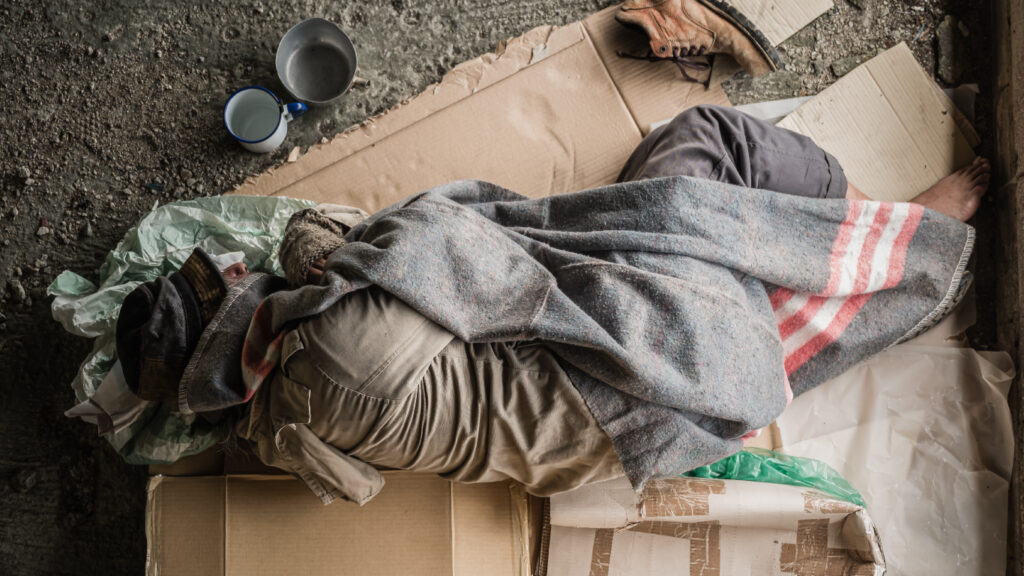






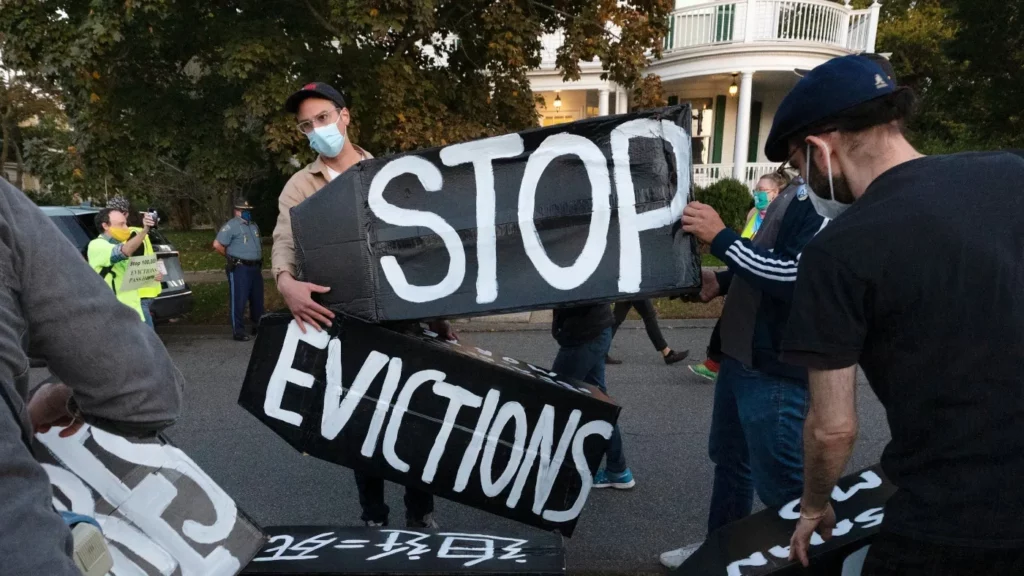


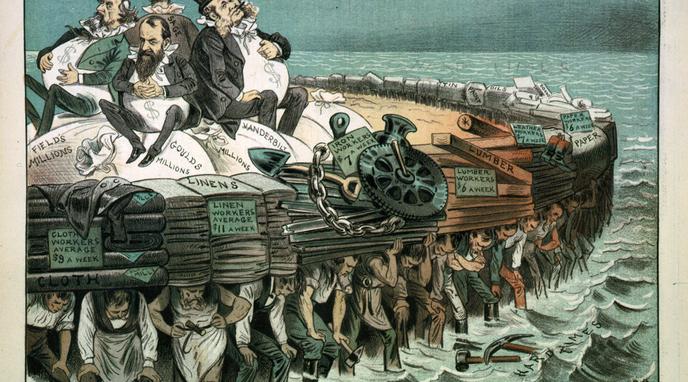
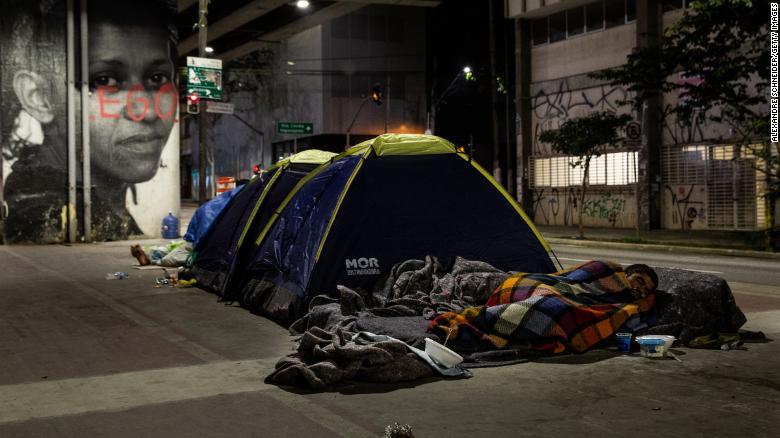
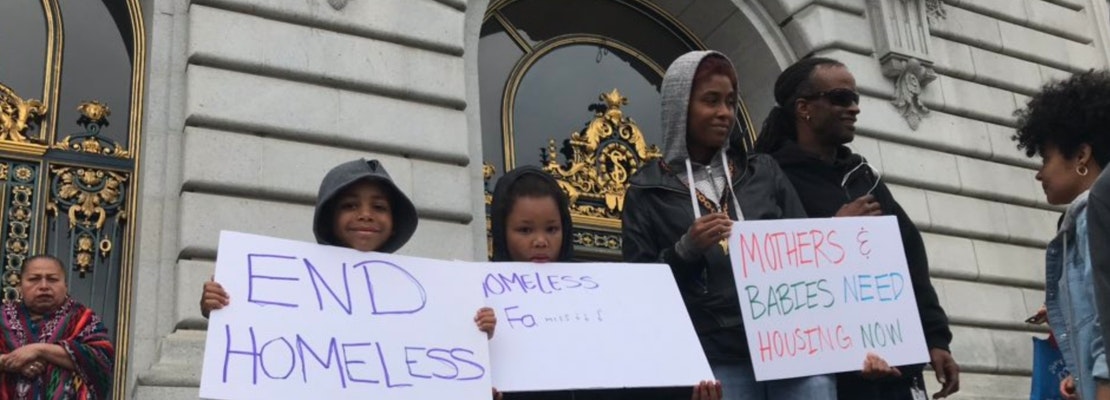

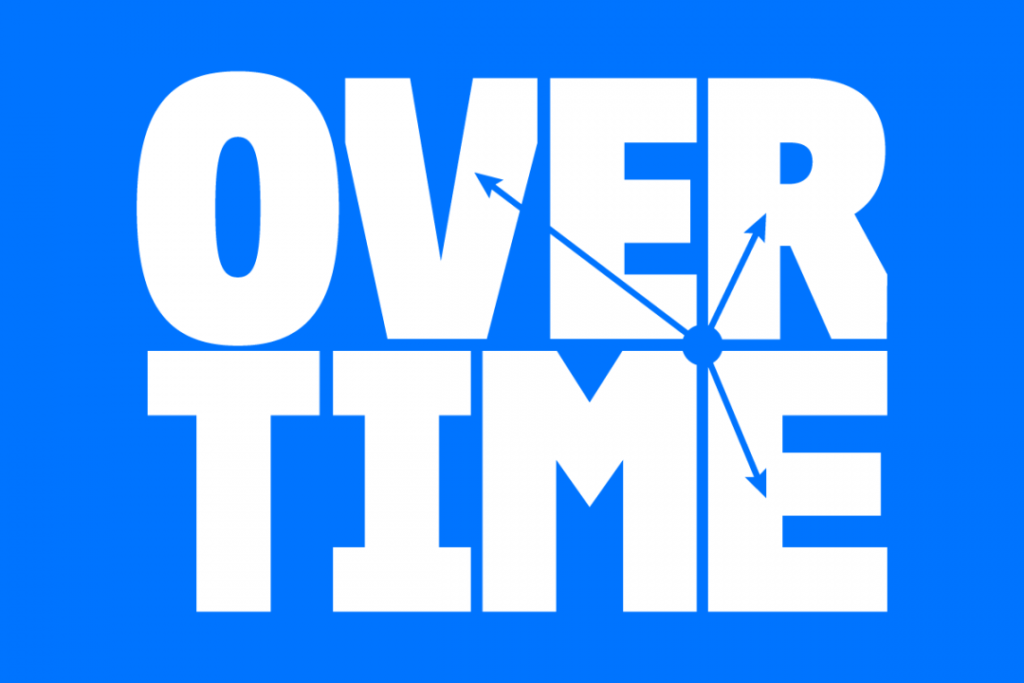



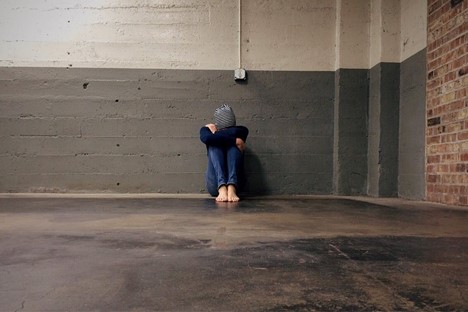




![The Canadian Penny [RIP] The Canadian Penny [RIP]](https://urbansurvivalmedia.files.wordpress.com/2013/02/si-220-penny-1936-7877445.jpg?w=210)


